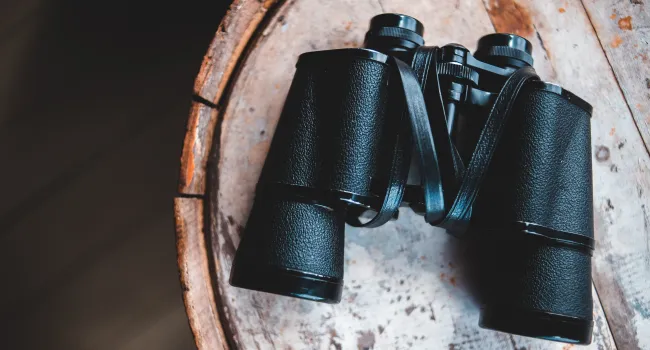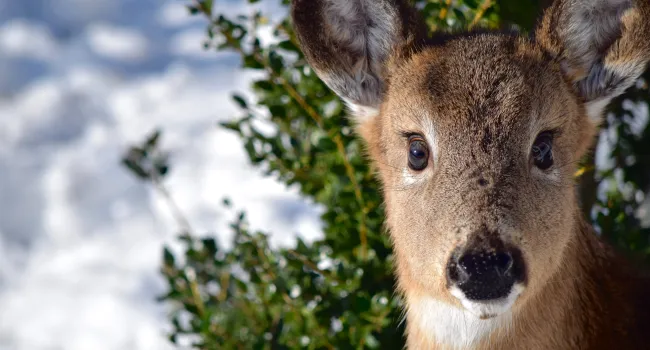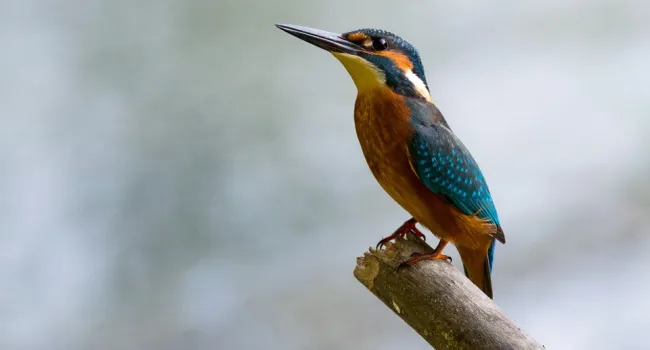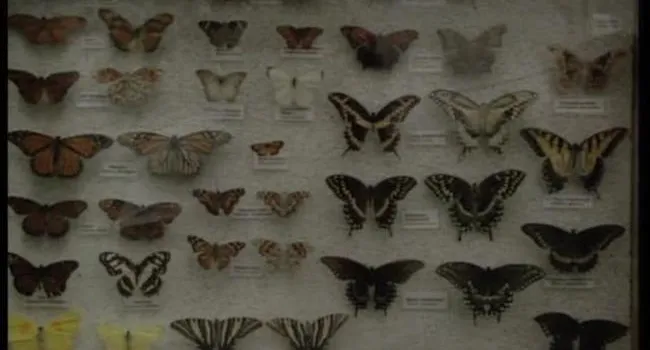
Bats, Bats, Facts and Myths | Project Discovery Revisited
Video
There are many myths about the bat species that are simply not true. Some people think that bats are bloodsucking vampires or that they are flying, blind mice that get stuck in your hair. Project...





